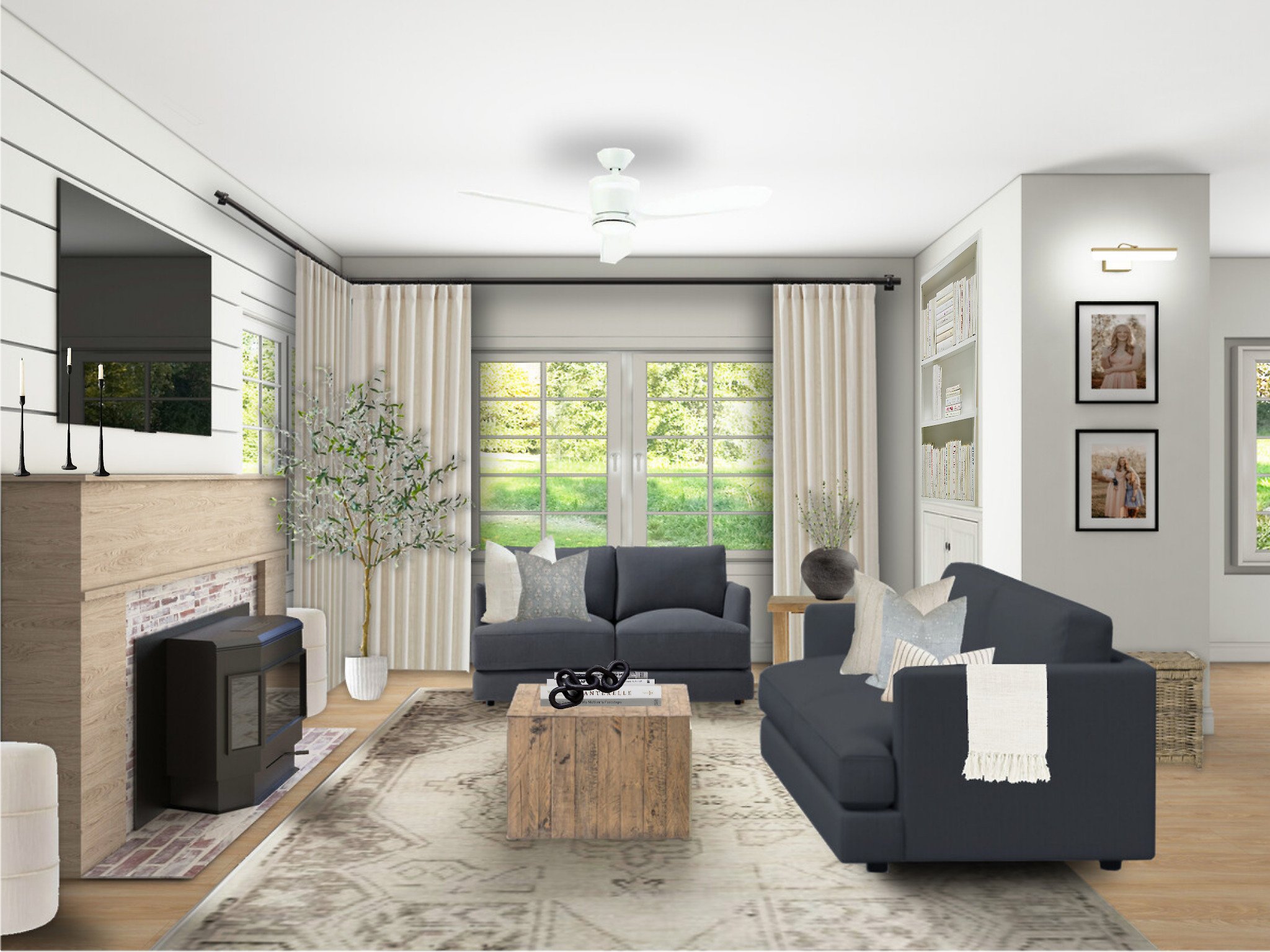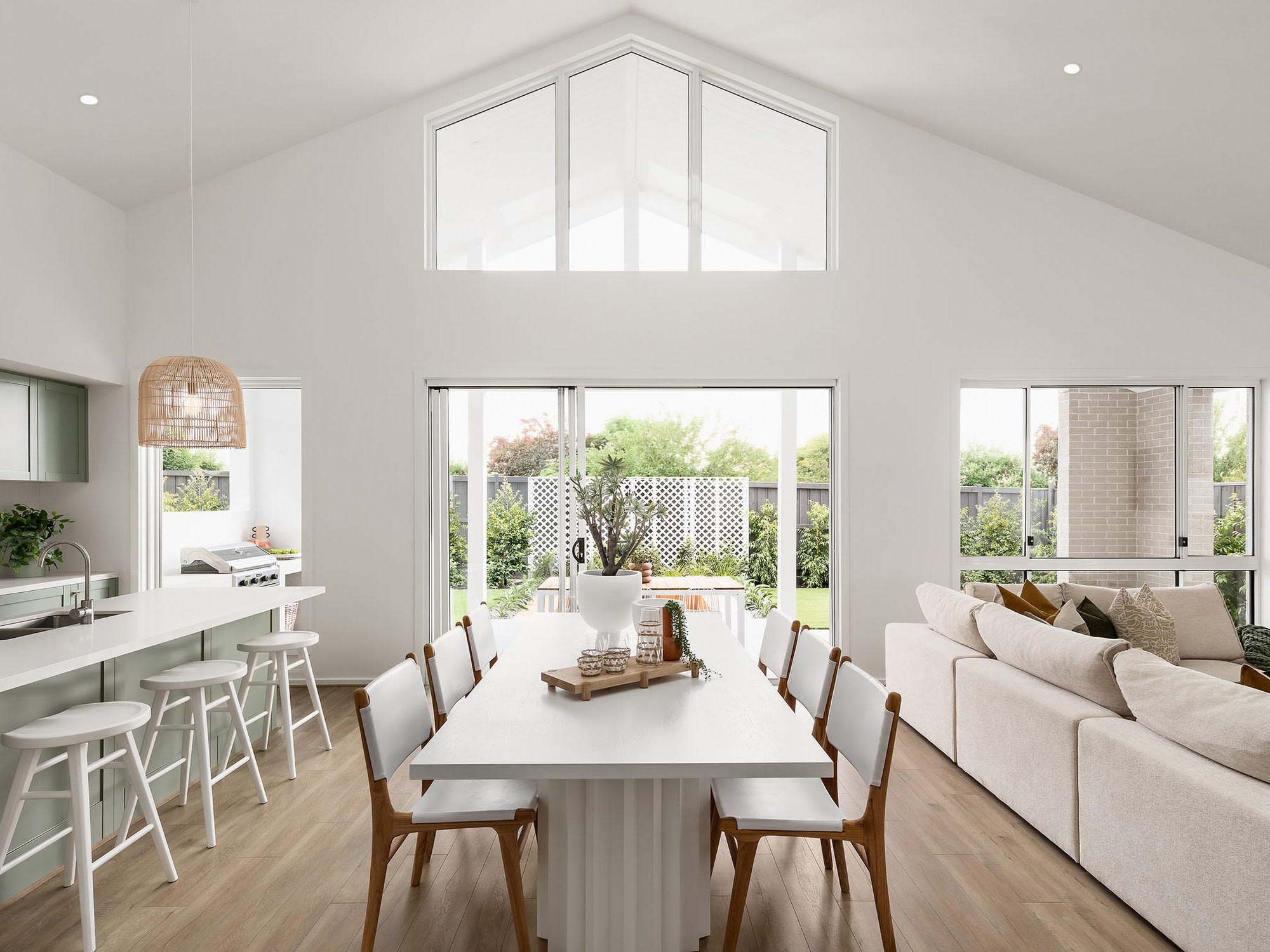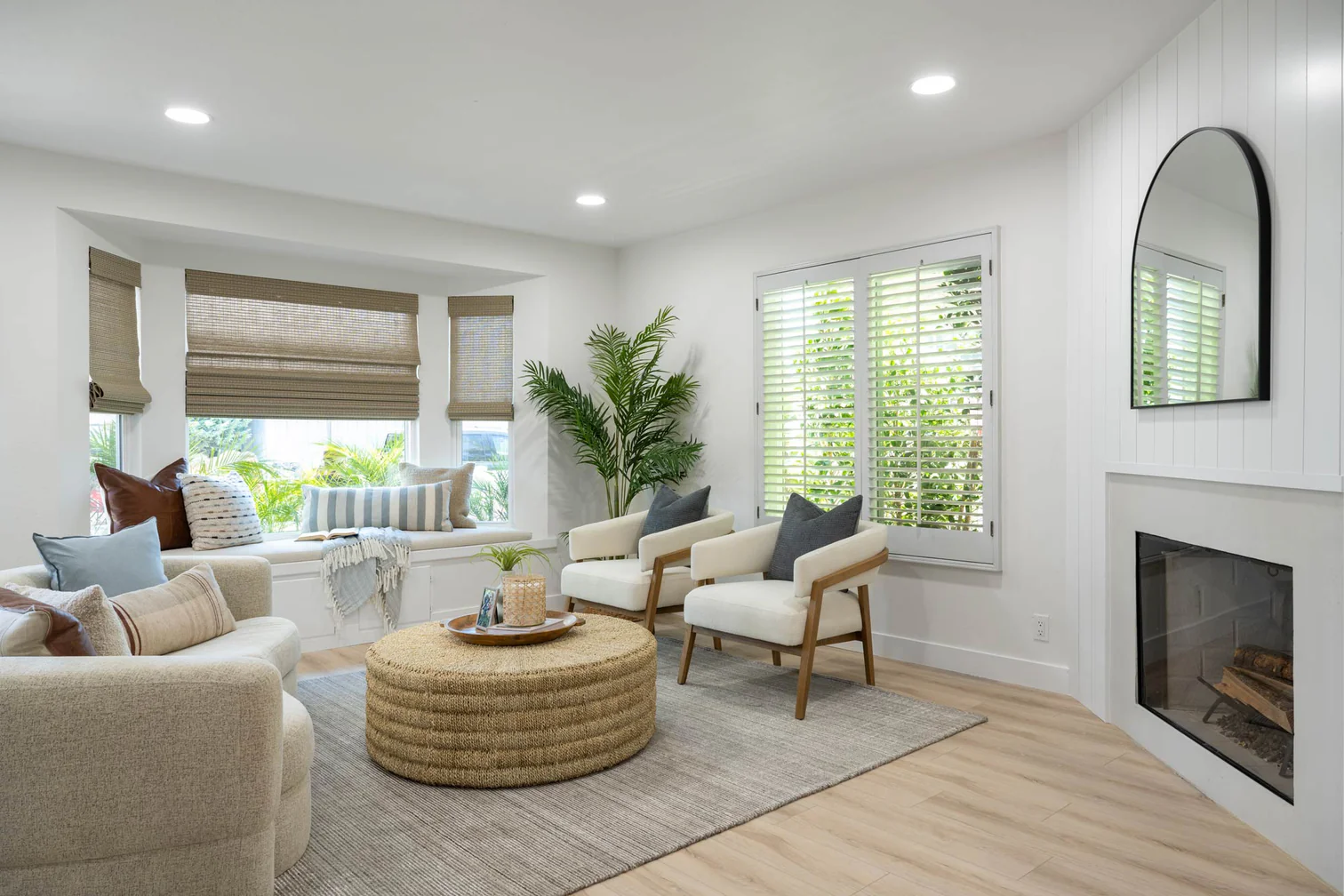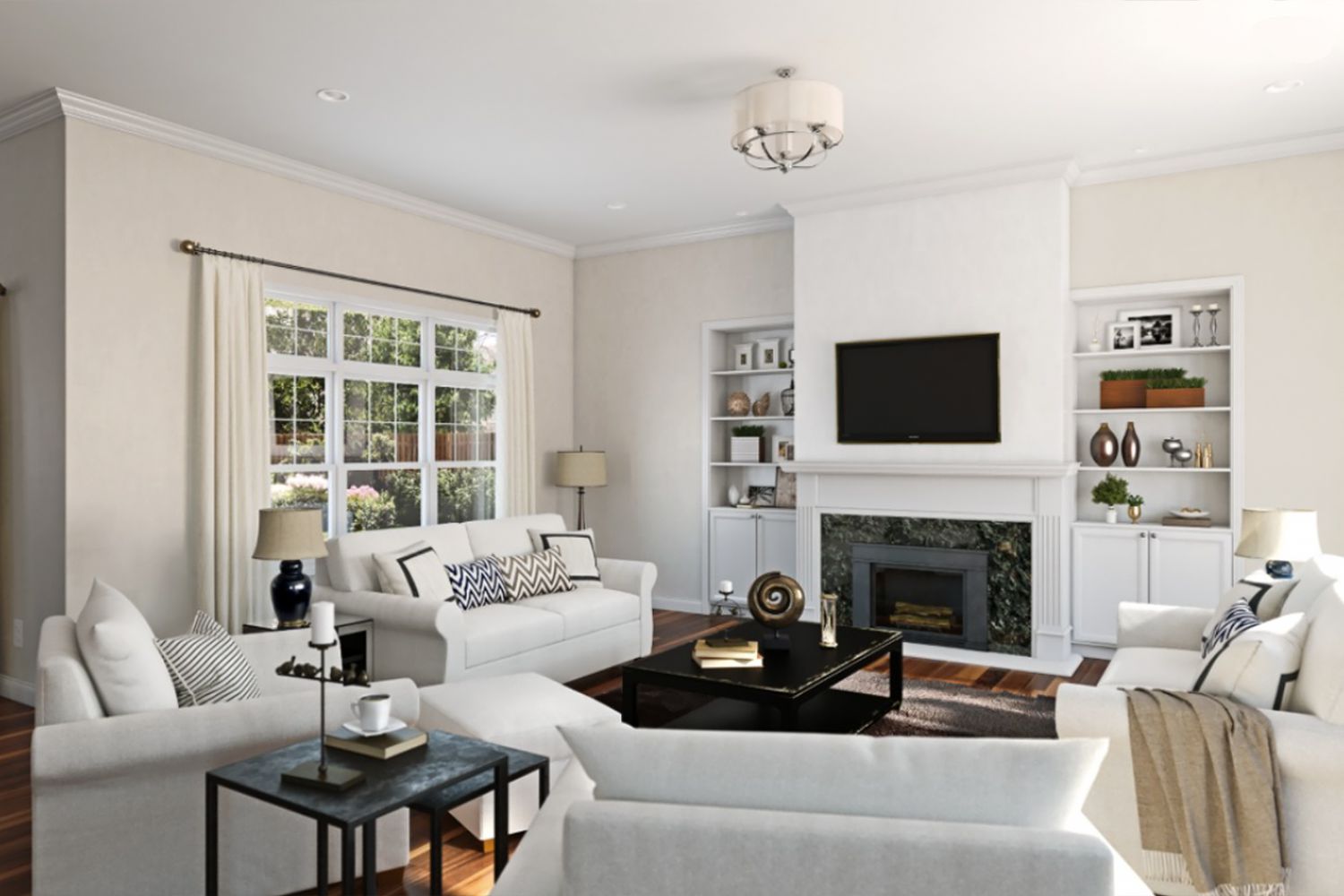The Best White Paint Colors for Your Home: Expert Picks

Choosing the right white paint might seem straightforward, but anyone who’s stood in the paint aisle staring at dozens of white swatches knows it’s anything but simple. The difference between a crisp, clean white and a dingy, lifeless one can transform your entire space. Interior designers have spent years perfecting their go-to white paint selections, and their expertise can save you from costly mistakes.
White paint serves as the foundation of countless design schemes, offering versatility that works with any décor style. Whether you’re aiming for a modern minimalist look or a cozy farmhouse feel, the right white paint can make all the difference. Understanding the subtle differences between various white paints will help you create the atmosphere you want in every room of your home.
Understanding White Paint Undertones
Before diving into specific paint recommendations, it’s crucial to understand that no white paint is truly neutral. Every white contains subtle undertones that can dramatically affect how it appears in your space. These undertones fall into two main categories: warm and cool.
Warm vs cool white paint creates entirely different moods in your home. Warm whites contain hints of yellow, red, or orange, making spaces feel cozy and inviting. These work particularly well in rooms with limited natural light or north-facing windows. Cool whites, on the other hand, have blue, green, or gray undertones that create a fresh, clean appearance. They’re ideal for bright, south-facing rooms or modern spaces where you want a crisp, contemporary feel.
The lighting in your room plays a significant role in how white paint appears. Natural light changes throughout the day, and artificial lighting can completely alter how undertones present themselves. This is why paint samples can look completely different at the store versus in your home.
Top Designer-Recommended White Paint Colors
Benjamin Moore White Dove (OC-17)
White Dove consistently ranks as one of the most popular white paint colors 2025 among interior designers, and for good reason. This warm white strikes the perfect balance between clean and cozy, making it incredibly versatile for various design styles.
The subtle warmth in White Dove prevents it from feeling sterile or cold, while still maintaining enough brightness to make spaces feel open and airy. It works beautifully in living rooms, bedrooms, and dining areas where you want to create a welcoming atmosphere. Many designers choose White Dove for main living areas because it photographs well and complements both warm and cool accent colors.
White Dove performs exceptionally well in rooms with moderate to good natural light. In spaces with limited light, it maintains its warmth without appearing yellow or dingy. This reliability makes it an excellent choice for open floor plans where you want consistent color flow throughout connected spaces.

Benjamin Moore Simply White (OC-117)
Simply White represents the cooler end of the white spectrum while remaining approachable and livable. This best white paint for interior walls offers a clean, fresh appearance that works particularly well in modern and contemporary homes.
The slight gray undertones in Simply White prevent it from feeling too stark or clinical, making it suitable for bedrooms and bathrooms where you want a spa-like atmosphere. It pairs beautifully with natural materials like wood and stone, creating a sophisticated backdrop that doesn’t compete with architectural features or furniture.
Simply White excels in bright, well-lit spaces where its cool undertones can shine. It’s particularly stunning in kitchens with white cabinets, creating a cohesive, polished look that feels both timeless and current.
Sherwin-Williams Pure White (SW 7005)
Pure White lives up to its name, offering one of the truest whites available. This paint color works exceptionally well in spaces where you want maximum brightness and minimal color interference. It’s become increasingly popular in minimalist and Scandinavian-inspired interiors.
The lack of strong undertones makes Pure White an excellent choice for art galleries, home offices, or any space where color accuracy is important. It provides a clean backdrop that allows artwork, furniture, and accessories to take center stage without competing undertones.
However, Pure White requires careful consideration of lighting conditions. In rooms with warm artificial lighting, it may appear too stark, while in bright, naturally lit spaces, it creates a stunning, gallery-like atmosphere.
Farrow & Ball Pointing (No. 2003)
Pointing offers a sophisticated take on white paint with its subtle gray undertones. This English paint company’s offering has gained popularity among designers who want something slightly different from standard white paints.
The complex undertones in Pointing create depth and interest without being obviously colored. It works particularly well in traditional and transitional homes where you want elegance without starkness. Many designers use Pointing in formal dining rooms, libraries, or bedrooms where a more refined atmosphere is desired.
Pointing responds beautifully to different lighting conditions, appearing slightly different throughout the day while maintaining its sophisticated character. This chameleon-like quality makes it interesting to live with over time.
Behr Ultra Pure White (PWN-10)
For budget-conscious homeowners who don’t want to compromise on quality, Behr Ultra Pure White offers excellent coverage and durability. This best white paint for walls provides a clean, bright finish that works well in high-traffic areas.
The slight cool undertones in this paint make it suitable for modern homes, while its affordability makes it practical for large projects. It’s particularly popular for accent walls, trim work, and spaces where you need significant coverage without breaking the budget.

How to Choose the Right White Paint
How to choose the right white paint depends on several factors that go beyond personal preference. Consider these key elements when making your decision:
Room orientation and natural light significantly impact how white paint appears. North-facing rooms receive cooler light and often benefit from warmer whites, while south-facing rooms get warm light that can handle cooler whites. East and west-facing rooms experience dramatic light changes throughout the day, requiring whites that look good in both warm and cool light.
Existing finishes and materials in your room should guide your white paint selection. If you have warm wood floors or brass fixtures, a cool white might create an unpleasant contrast. Conversely, if your space features stainless steel appliances or cool-toned tile, a warm white might clash.
Room function and atmosphere also matter. Bedrooms and living rooms often benefit from warmer whites that create a cozy, relaxing environment. Bathrooms and kitchens, where cleanliness is emphasized, often look better with cooler whites that feel fresh and sanitary.
Architectural features can influence your choice. Rooms with beautiful crown molding or built-in bookcases might benefit from whites that highlight these features without overwhelming them. In contrast, rooms with minimal architectural interest might need a white with more character to add visual appeal.
Testing White Paint in Your Space
Never choose white paint based solely on paint chips or online photos. The only way to ensure you’re making the right choice is to test paint samples in your actual space. Purchase sample sizes of your top three choices and paint large swatches directly on your walls.
Observe these samples at different times of day, noting how they change in morning light, afternoon sun, and evening artificial lighting. Live with these samples for at least a week before making your final decision. What looks perfect in bright afternoon light might appear dingy under evening table lamps.
Consider painting samples on different walls in the same room, as lighting conditions can vary significantly within a single space. A north-facing wall might make a white appear cooler, while an adjacent wall near a window might show warmer tones.
White Paint in Different Rooms
Living rooms and family rooms typically benefit from warmer whites that create an inviting atmosphere. These spaces are used for relaxation and socializing, so avoid whites that feel too clinical or cold. White Dove or similar warm whites work well in these areas.
Bedrooms can handle either warm or cool whites depending on your preference and the room’s orientation. Warm whites create a cozy, restful environment, while cool whites can make small bedrooms feel larger and more airy.
Kitchens and bathrooms often look best with cooler whites that emphasize cleanliness and freshness. These spaces benefit from bright, clean-looking whites that complement fixtures and create a hygienic appearance.
Home offices and workspaces require whites that don’t cause eye strain or interfere with computer screens. Slightly cool whites often work well, but avoid anything too stark that might become tiring during long work sessions.
Common White Paint Mistakes to Avoid
One of the biggest mistakes homeowners make is choosing white paint that’s too cool for their space and lighting conditions. This can make rooms feel unwelcoming and sterile. Another common error is selecting whites that clash with existing finishes and fixtures in the room.
Don’t assume that white paint will make a dark room brighter. While white walls reflect light, they can’t create light that isn’t there. In very dark rooms, consider slightly warmer whites that won’t appear gray or dingy in limited light.
Avoid using different white paints in connected spaces unless they’re specifically chosen to complement each other. Random whites throughout your home can create a disjointed, amateur appearance.

Conclusion
Selecting the best white paint for interior walls requires understanding undertones, considering your space’s unique characteristics, and testing options thoroughly. The expert-recommended whites discussed here have proven themselves in countless homes, but the right choice for your space depends on your specific conditions and preferences.
Whether you choose the warm comfort of White Dove, the clean freshness of Simply White, or the sophisticated subtlety of Pointing, remember that the best white paint is one that makes you feel at home. Take time to test your options, consider your lighting, and trust your instincts. With the right white paint, you’ll create a beautiful foundation that enhances your décor and makes your home feel exactly the way you want it to.
The investment in quality white paint pays dividends in both appearance and longevity. Choose wisely, and your walls will provide a beautiful backdrop for years to come.
